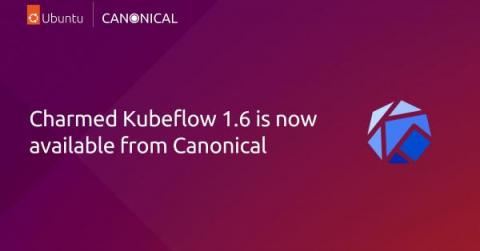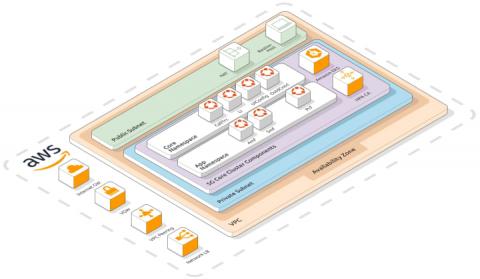An Introduction to Syslog
Syslog is an event logging standard that lets almost any device or application send data about status, events, diagnostics, and more. It’s commonly used by network and storage devices to ship observability data to analytics platforms and SIEMs in order to support and secure the enterprise. Syslog is an excellent lightweight protocol to get telemetry from small scale devices.











